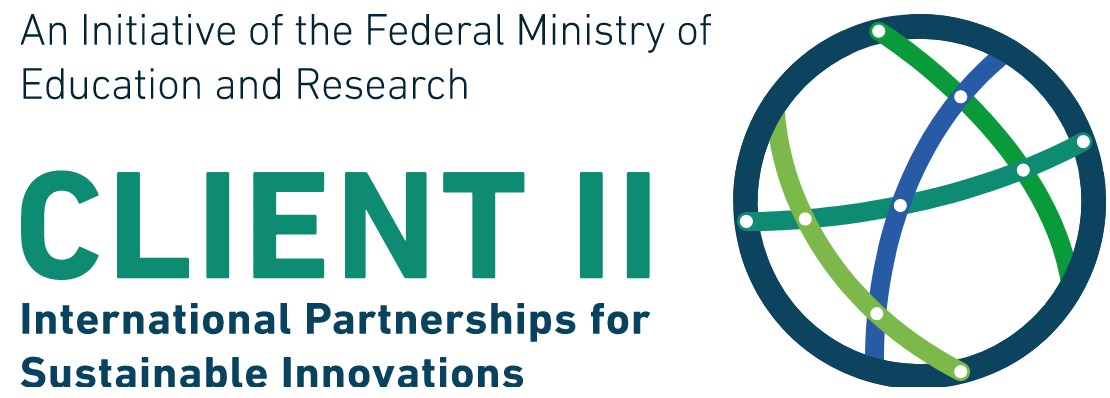The process common in building construction for the selection of building materials is analyzed. The criteria and material specifications in planning practice are determined by an analysis of planning data and a survey among the relevant stakeholders.
The result will be used as the basis for WP4.2 and as a starting point for the development of education and training in WP5. First, a selection of representative materials for the construction of exterior walls, in particular for the infill of the concrete skeleton construction most commonly used in Vietnam. While the properties of the bricks are used only by their r Production and do not depend on the processing on the construction site, the properties of the masonry mortar and plaster systems are strongly influenced by the on-site tempering process and the prevailing weather conditions. Therefore, these factors must be taken into account when selecting the building materials to be examined. I.e., both the typical formulations for mortar and plaster systems as well as the variation in the weather conditions at the construction site in the selection process take.
In this WP the required material parameters for heat and humid e protection for planning energy-efficient r and lasting r residential building in the prevailing climate (see WP1.4) and determined with these indoor conditions. These material parameters are then adopted as the basis for the laboratory concept to be developed in WP3.1.
With the help of the material characterization prognoses for energetic and climatic effects during the application as well as for the assessment of the long-term freedom from damage are created. In addition to the thermally relevant material characteristics, such as thermal conductivity, density and spec. Heat storage capacity are for a permanently functional wall structure (verification by computational simulation according to DIN EN 15026 or ANSI / ASHRAE 160) and the hygrothermal material parameters of great importance. In addition to the vapor diffusion properties (μ value), this also includes the capillary water absorption (w value) and the moisture storage properties (sorption isotherms, superhygroscopic moisture storage). The aging behavior (eg cracking and thus the durability and thermal insulation effect (impairment by moisture absorption) of exterior walls is strongly influenced by the hygrische swelling and shrinkage, which leads to many structural changes in shape than the purely temperature-related changes in length. The measurements of μ value and w value are carried out in accordance with DIN EN ISO 12572 and DIN EN ISO 15148. The determination of the moisture storage function should be carried out in accordance with the specifications of WTA leaflet 6-2. The hygroscopic swelling and shrinkage behavior is determined on the basis of DIN EN 13009.
WP2.3 goes beyond current building practice and assesses requirements arising from the use of new materials (including recycled or natural materials and other unconventional materials) and changed operating modes in modern dwellings.
The results of such an analysis provide a framework for evaluation criteria for the development of new sustainable materials and systems. Since the currently mainly used fired bricks are problematic both from energetic and from environmental (resource conservation) point of view, alternative materials should be investigated and, if necessary, developed further, which represent a structurally adequate replacement without the above-mentioned disadvantages. For this purpose, the parameters of materials available on site are analyzed and compared with the requirements. Based on these results, further material development goals may have to be defined. At the same time it should be researched on the international market whether there are materials that meet the required requirements.
In this WP , materials and material systems are considered for their effects in the life cycle. It considers the extraction of raw materials , the processing and production as well as the dismantling and disposal of the materials at the end of the mission in the building.
In this WP , materials and material systems are considered for their effects in the life cycle. It considers the extraction of raw materials , the processing and production as well as the dismantling and disposal of the materials at the end of the mission in the building.
Universität Stuttgart
Institut für Gebäudeenergetik, Thermotechnik und Energiespeicherung (IGTE)
Pfaffenwaldring 35
70569 Stuttgart
Deutschland


